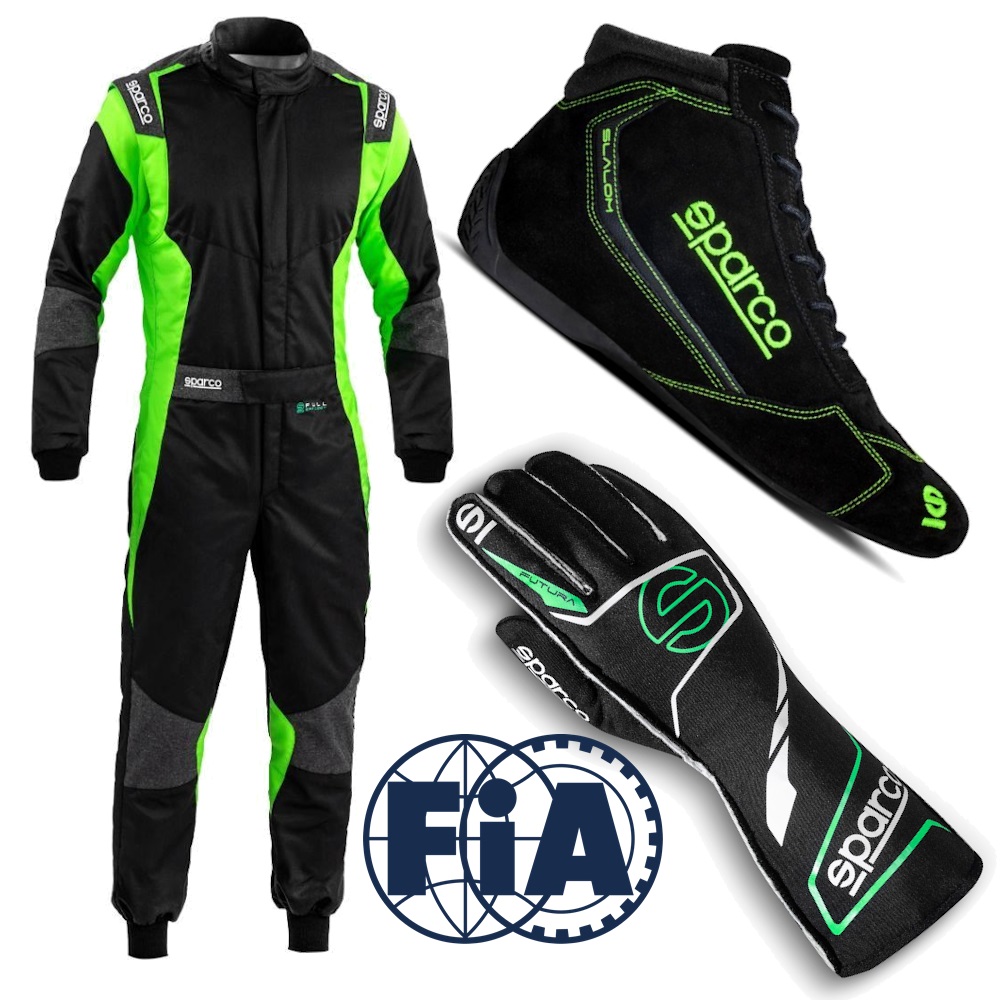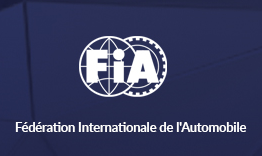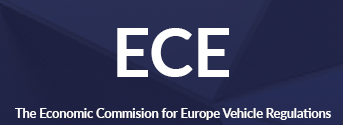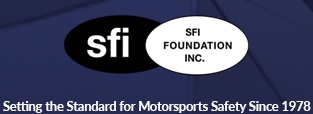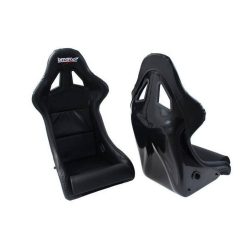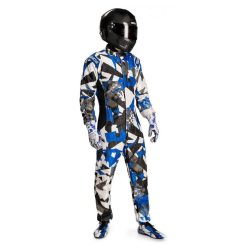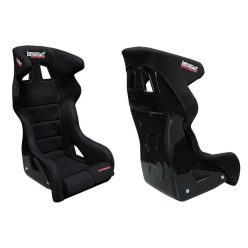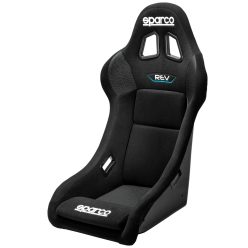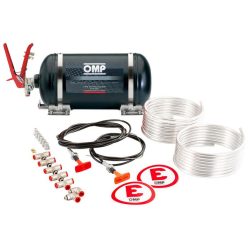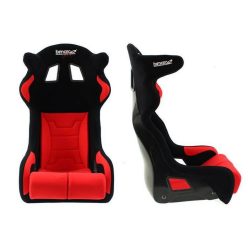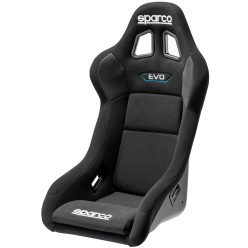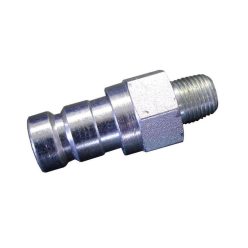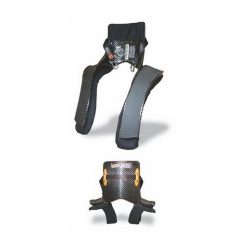1
16
Available for order
Brand:
Sparco
Size:
48, 50, 52, 54, 56, 58, 60, 62, 64, 66
1 617 €
Net price: 1 273 €
Net price: 1 273 €
Available for order
Brand:
Sparco
98 €
Net price: 77 €
Net price: 77 €
Available for order
Brand:
Sparco
514 €
Net price: 404 €
Net price: 404 €
Available for order
Brand:
OMP
421 €
Net price: 331 €
Net price: 331 €
Available for order
Brand:
Sparco
1 688 €
Net price: 1 329 €
Net price: 1 329 €
Available for order
Brand:
Sparco
714 €
Net price: 562 €
Net price: 562 €
In stock
Brand:
Aeroquip
40 €
Net price: 31 €
Net price: 31 €
Available for order
Brand:
Sparco
921 €
Net price: 725 €
Net price: 725 €
Available for order
Brand:
Sparco
727 €
Net price: 573 €
Net price: 573 €
Available for order
Brand:
Sparco
Size:
S, M, L
1 200 €
Net price: 944 €
Net price: 944 €

